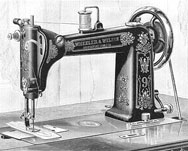Florence
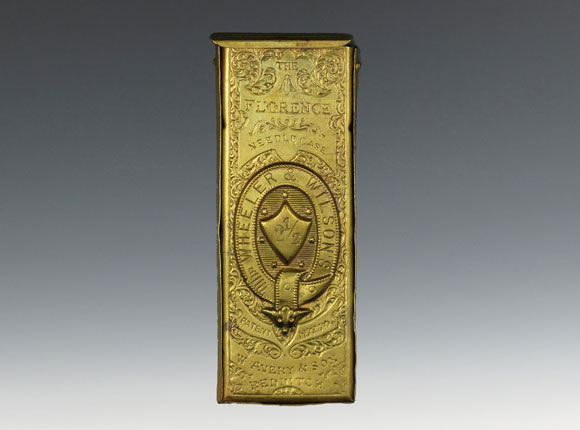
Needle Case with Oval Center (back view)
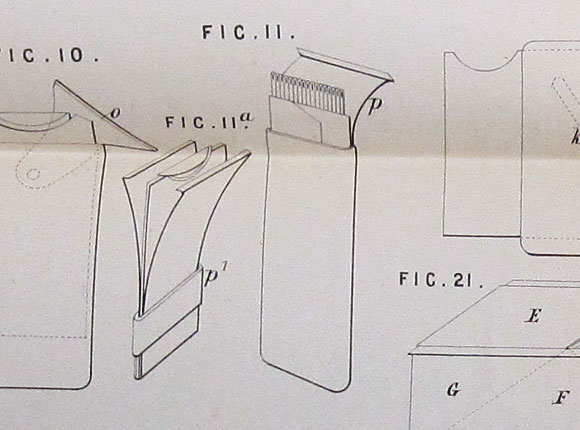
Patent (patent #1473 is stamped on the needle case)
Design Details
Needle Case Type: |
Flat-Names |
Patent/Registered to: |
William Avery - Redditch Manufacturer |
Patent/Design Representation #: |
Mechanical Patent #:1473 (Fig. 11) |
Patent/Design Registration Date: |
May 21, 1870 |
Location of Patent/Design Registration: |
British Library - Business and Intellectual Property Centre - London
|
Reference #: |
1870-1473 |
Dimensions: |
Florence with Oval Center 6.0 x 2.2 x .3
Florence with Circular Center 4.5 x 2.2 x .2 and 4.2 x 2.0 x .2 |
Material: |
Brass |
Name Variations: |
a) W. Avery & Son - Redditch and Wheeler & Wilson's
b) W. Avery & Son - Redditch
c) Hutton & Co - London
d) Pratt & Farmer |
Other Variations: |
a) Florence with Oval Center stamped Wheeler & Wilson's on the back side and with W. Avery & Son Redditch stamped below the oval on both sides
b) Florence with Circular Center stamped W. Avery & Son Redditch on the back side
c) Florence with Circular Center with different center design stamped Hutton & Co on both sides
c) Florence with Circular Center stamped Pratt & Farmer on the back side
d) Victoria with Windmill and Horse |
Additional Photographs
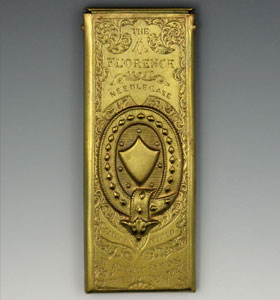
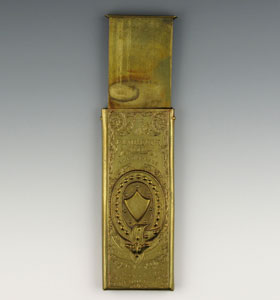
With Oval Center: front closed and open
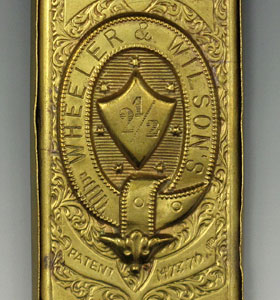
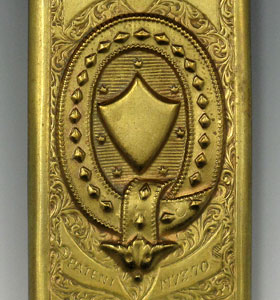
With Oval Center: back and front details
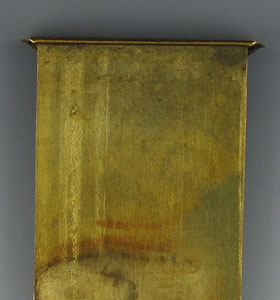
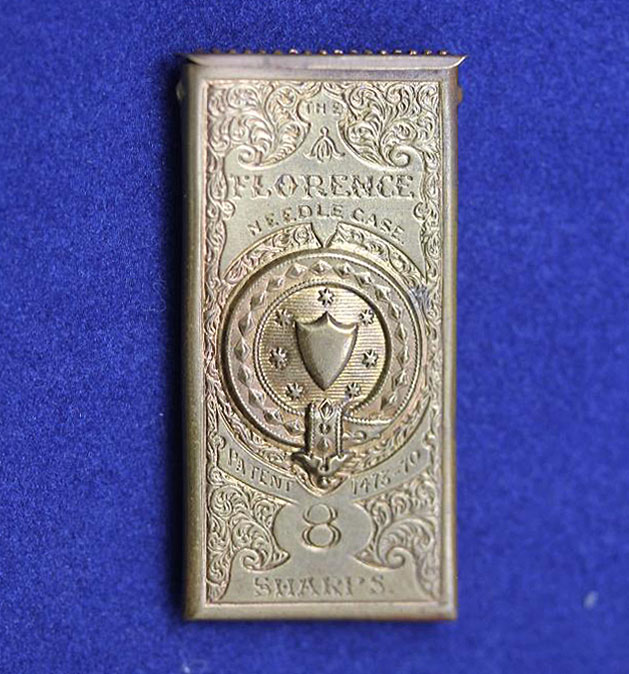
Left: open top. Right: With Circular Center: front (photograph courtesy of Lynda Herrod)
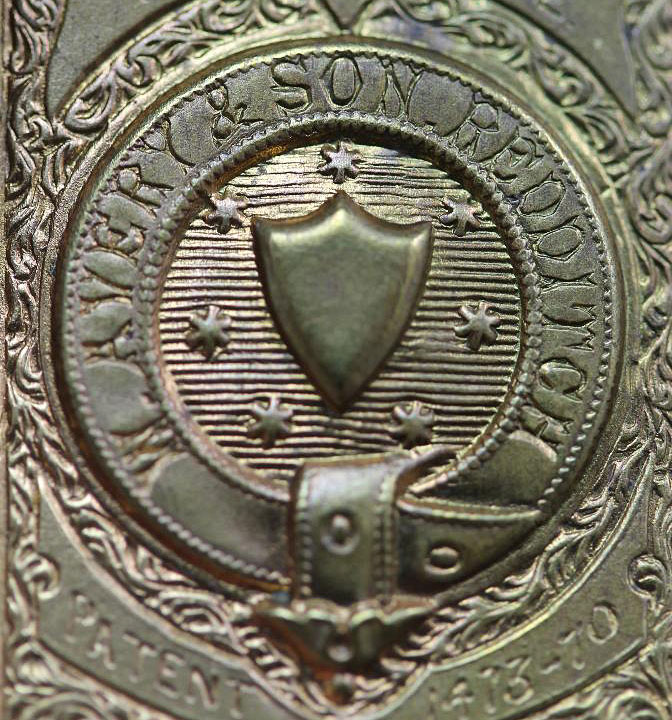
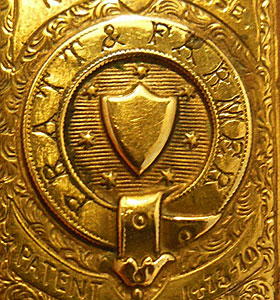
With Circular Center. Left: back detail with Avery signature (photograph courtesy of Lynda Herrod). Right: back detail with Pratt & Farmer signature (photograph
from eBay).
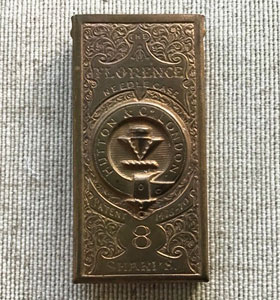
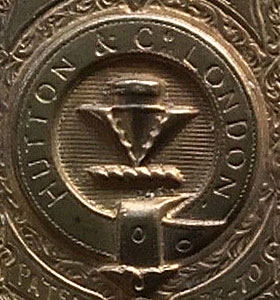
With Circular Center and different center design and Hutton signature. Full view and detail of circular center (photographs from eBay).
Facts
Florence Nightingale was born in Florence, Italy in 1820 to a wealthy British family and was named after the city of her birth. Within
a year her family moved back to England where she was educated by her father. At age 17 Florence had several religious experiences and
decided to dedicate herself to helping others. Against her families wishes in 1844 she chose nursing over the expected role of an upper
class young woman which was to become a mother and wife. While studying nursing she traveled to Germany and other countries where she met
many well-connected individuals, included the Secretary of War, partially due to her social status.
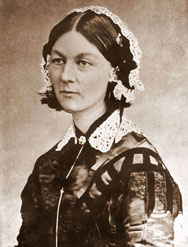
History
In 1854 with the approval of the Secretary of War she traveled with a staff of 38 nurses to a temporary hospital near Istanbul, Turkey where
British soldiers wounded in the Crimean War were being housed. While attended to the injured she discovered the poor conditions at the
hospital caused soldiers to be 10 times more likely to die of typhus, typhoid, cholera and dysentery than from battle wounds. Overcrowding,
poor ventilation and inadequate sewers were a huge part of the problem. After sanitary conditions were improved there was a significant
reduction in the death rate of soldiers treated by Florence and her staff. During the Crimean War she was nicknamed the “Lady of the Lamp”
because she would tend to the sick at night with a little lamp in her hand.
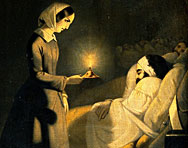
Miscellaneous
After her return to England, in 1859 Florence wrote “Notes on Nursing” which was the first book on nursing ever published. In
1860 she established the Nightingale Training School where nursing students were educated. Florence spent the remainder of her life
working to promote nursing and to reform and improve healthcare around the world. She died in London in 1910 at age 90. In 1915 a war
memorial dedicated to the soldiers who died during the Crimean War was erected at Waterloo Place, Westminster, London. A statue of
Florence Nightingale was included in this memorial because of her contribution during and after to the war.
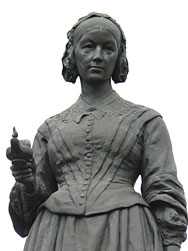
Wheeler & Wilson
The Wheeler & Wilson Co of Bridgeport, Connecticut was one of the largest sewing machine manufacturers in the world during the Victorian
era. The company was founded around 1853 and their business expanded from 20,000 sewing machines being produced in 1859 to nearly
130,000 in 1871. They opened their first office in London in 1859 and by 1880 had 26 depots in Great Britain. The company won
numerous awards at expositions throughout the world between 1861 and 1889 which resulted in their claim in advertisements that their
sewing machines were the best in the world. The firm was taken over by Singer in 1904.
